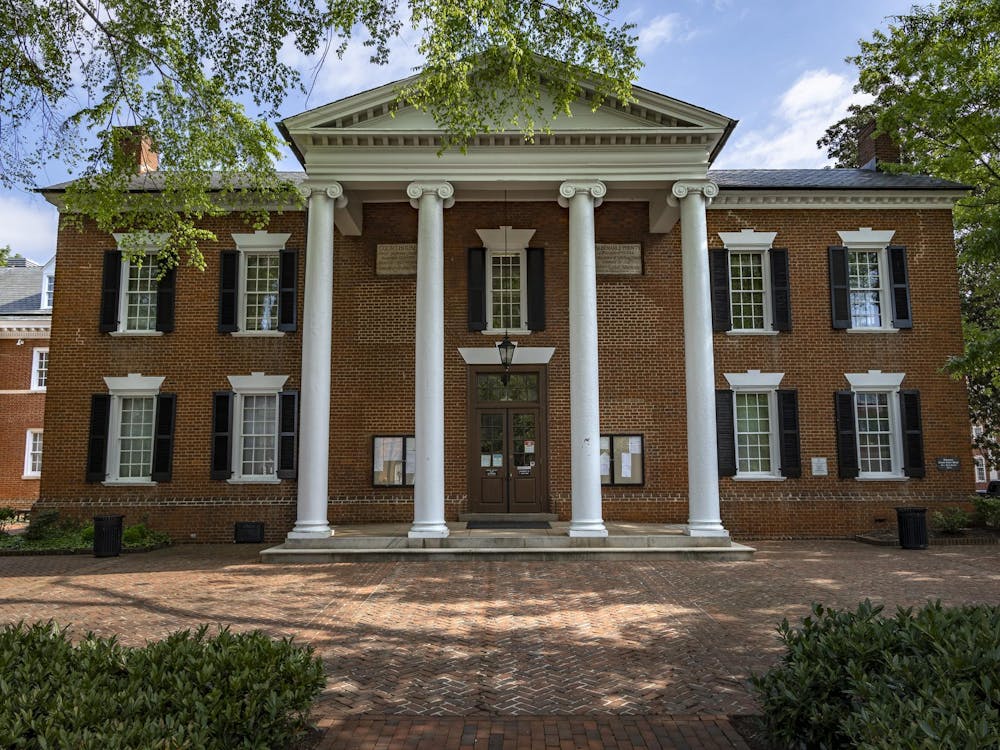The Board of Visitors voted to increase tuition drastically at its meeting two weeks ago, a decision that was met with significant frustration — on the part of students and even Board members themselves. While we have previously criticized the Board for its lack of transparency when making this decision, overall, the decision should prove beneficial for University students.
The numbers here are, at first, quite startling: tuition will increase by 3.9 percent for all students; in-state students entering in Fall 2015 will see an additional $1,000 increase; and in-state students entering in Fall 2016 will see yet another $1,000 increase. Overall, the incoming Class of 2019 will face a 13.4 percent increase in tuition from Fall 2014.
But the dramatic nature of these numbers obscures the immense benefit they create for families struggling to afford the cost of our University. In theory, the Affordable Excellence model — the name of this new plan — will reduce the net cost of a University degree for 70 percent of Virginian families. This high tuition, high aid model truly will help — and it will help such a large number of families that this is a model we should be happy about.
According to University President Teresa Sullivan, Affordable Excellence will reduce the debt of low-income and middle-income Virginians by $10,000 for all four years. Contrast this with an added cost of $1,000 for students who can afford it, and the numbers don’t seem so bad. The plan aims to limit the amount of debt students can graduate with, using debt as a measure of affordability. With tuition increases, financial aid will increase, which means caps on student loans can decrease — creating more aid and fewer loans.
While some worry this model may discourage lower-income families from applying to the University (which would, in turn, affect socioeconomic diversity), our University is fortunate in that this model has already been tested elsewhere. A similar plan was passed at The College of William & Mary in April of 2013, called “Promise.” Promise is also a high tuition, high aid model, and, according to Samuel E. Jones, senior vice president for finance and administration at William & Mary, socioeconomic diversity has not diminished since Promise’s induction. In fact, overall application numbers at William & Mary are up.
This is not to say Affordable Excellence is a perfect plan, nor that it doesn’t have more dramatic consequences in different University schools — for example, the Batten School will see an increase in tuition of 40 percent for incoming students. But, given William & Mary’s success and a general goal of making it easier for low-income families to send their children to college, we should not hastily declare tuition increases bad. In this case, should the plan work, these increases will be for the better.






